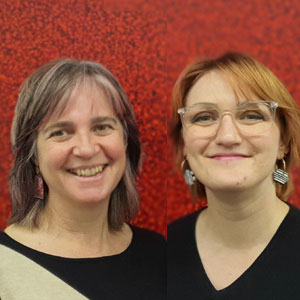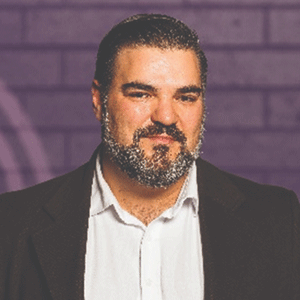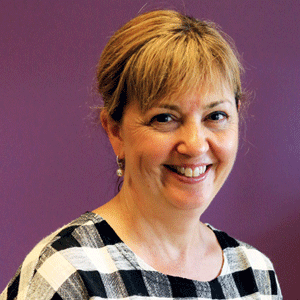THANK YOU FOR SUBSCRIBING

Let's C.H.A.T. Hybrid by Design
Shannon Johnston, Head Of Professional Learning, Murdoch University, Dr Ashleigh Prosser, Professional Learning Lecturer, Murdoch University


Shannon Johnston, Head Of Professional Learning, Murdoch University, Dr Ashleigh Prosser, Professional Learning Lecturer, Murdoch University
Those of us who have been around a few decades (first author at least!) in the education and technology realms would say that not much is new – collaborative and active learning; new educational tools; the need for staff development and learning design before new technologies enter students’ learning experiences; hybrid, blended, and online education. Yet challenges continue when the practices of learning integrated with technology are at play.
For higher education, the ongoing COVID-19 pandemic has thrust technological laggards, and those teaching in highly practical disciplines, into compulsory teaching in online learning environments. Never before has change been required of everyone so radically and so rapidly across new environments, teaching practices, learning and assessment. Many of us had just a few weeks to shift everything online, during a time of distress and uncertainty both professionally, and more importantly, personally.
As the virus has established itself as a persistent presence in our daily lives, hybrid teaching and learning methods have become more commonplace. Rather than only online or only in-person teaching, hybrid methods provide for those prefer learning and teaching in person, those who are unable to do so or even prefer online learning, with the bonus of not having to run the same class twice!
Regardless, it is well known that hybrid learning and teaching is fraught with problems: that one cohort or the other is privileged with the attention, communication, connection, and active learning opportunities while the other is neglected or left on the periphery of the learning experience. It’s a complex cognitive load for staff to manage the students both in the room and online, to engage all students equally in active learning practices, to manage the educational technologies and, most importantly, teach and facilitate learning!
The complexity is challenged with hybrid learning by default – where whatever educational technology tools the institution has on hand is used with insufficient planning, training and support, as Trotter and Qureshi (2022) confirm. The experience for students is less than ideal. Online students can feel ignored, all students can suffer from the focus on getting technology to work properly, and the learning experience , lack the time or knowledge to design effective learning environments, and facilities aren’t equipped to provide an optimal learning environment.
It must be better if we Hybrid by Design.
Hybrid by design of physical spaces: Creating physical space to enable seamless collaborative learning between in-person and offline students. The new building at Murdoch University, Western Australia – Boola Katitjin (“Lots of learning” in the local Noongar language) – consists of large classrooms comprised of group tables where online students work with in-room students in group work in real time.
Hybrid by design of technologies: hi-end technical integration of hardware and software technologies to enable the seamless interaction between online and in-class students. Audio visual, MS teams and technical infrastructure allow Murdoch’s online and in-room students to see the teacher and each other; view learning materials; share work from student desks, teacher podium and whiteboard; interact in group work activities, and engage verbally and through chat.
Hybrid by design of pedagogy: The TPACK model identifies success for teaching as needing skilful application of technological, pedagogical and content knowledge. Our C.H.A.T. pedagogical model – Collaborative Learning Environments, Hands-on High-Tech, Authentic Active Learning, and Team - Teaching draws teaching approaches afforded by the physical and technological facilities, to create hybrid by design learning and teaching.
Hybrid by design – physical, technical and pedagogical – is how we provide the environments for online and in-person to engage actively and effectively in learning together.
Weekly Brief
I agree We use cookies on this website to enhance your user experience. By clicking any link on this page you are giving your consent for us to set cookies. More info
Read Also













